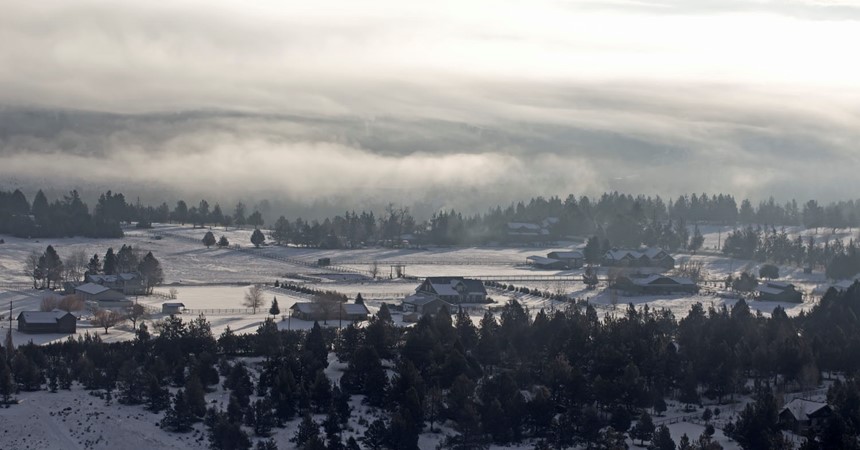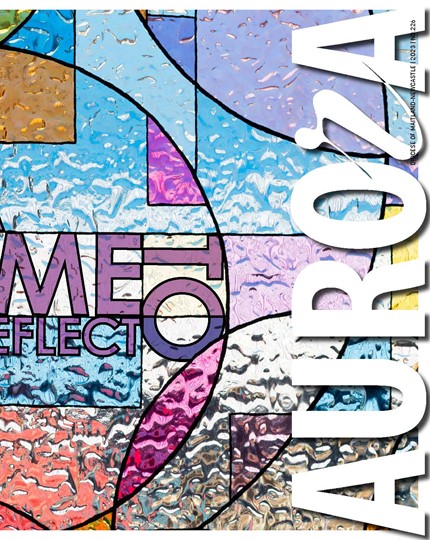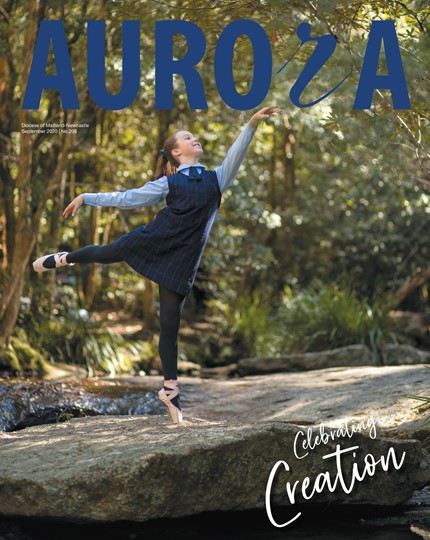Joseph Turner’s “Sunrise at Norham Castle” is a fair example in that the whole canvas seems saturated by a misty, vaporous overlay. This image of Turner’s that I’ve seen so many times over the years in art books has long been held captive by my ‘inner eye’ and I have greatly admired it without being able to articulate fully the reason. A colour-imbued mass of merging clouds it undeniably is and yet, is seems so much more. My first (and most self-defeating) mistake was naively to attempt to describe to myself in literal terms what I considered to be its appeal and for that very reason my attempt remained like a rainbow, tantalisingly beyond the power of my words to grasp. ‘A picture is (after all) worth a thousand words!’ ‘Paintings speak to us in their own language!’ So many clichés and platitudes I’ve exhumed to excuse my own short-sightedness in my efforts to analyse. That is the way with art works – their lasting power resides in their ongoing mystery!
Then I saw the original “Sunrise at Norham Castle” at the Tate in London. Those delicate clouds of mist swirling around, distorting solid forms in and around and under and through, till all the components arose like the very dawn before me and this man, this seer, was with me, speaking to me about the unity of all things, living and inanimate, in this world. He spoke to me of the unending splendour of creation; of the integral part in it of every infinitesimal thing; of an ultimate harmony. And I listened; so captivated by this other truth; so rapt by this vision.
Art critics will probably say otherwise but these things Turner, the painter of light, most certainly was saying to me. And this great work I now embrace in such a different way and see through such different eyes. Joseph Mallard William Turner, you are a conjuror with clouds!
When it comes to art, I am much more the dilettante than the expert. Clouds hold me. They hold me with unending fascination. I’ve heard them: ‘Cloud gatherer!’ ‘Head in the clouds!’ To all such pejorative jibes I am impervious. Clouds captivate me for a reason a little different I think from that which seemingly engrossed Mr Turner. And that is the very paradox they point towards: their being divisibly (as water) a part of all things yet, simultaneously, their being indivisibly unique.
Last winter, watching the disintegration of a misty backyard morning, I observed vapour floating all around me, hovering among the branches of trees, diffusing pale sunlight so that illumination was most intense where the fog lay thinnest – all a strange, gossamer lace-work held together by long, white, caressing fingers. And then the delicate grasp gave way to a flood of sun. Mist swirled and parted overhead, revealing a sky traversed by morning clouds.
My gaze was drawn to a single cloud; a cloud unlike any other. The thought became clear: never again in the course of all time would there be another cloud taking exactly this form. Then, having merged with a bank of clouds, it moved from view. One cloud, unique, yet so like all other things in the asymmetrical natural world. So apparent now was the message brought by this one cloud in a world of infinite and wonderful variety.
I was left pondering how in this ‘non-natural’ world, at every turn we people continue to surround ourselves with an array of all the symmetrical oddments that can be devised, from bricks to breeches! Is it in some vague belief that such things, reflecting something of our essential human form, might provide a protective screen between us and...chaos? If the Creator of clouds also created us, then he turns a world that by nature of its endless, evolving variety will confound all our attempts to secure immutability. Such a Creator must surely live in the very heart of change. And so that is not to be feared, but embraced, like all our differences, in a kind of harmony of acceptance.
Nebulous wisps of ideas but in a way, Mr Turner, as a kind of earthly transfiguration, they accord very much with your own...




























































































